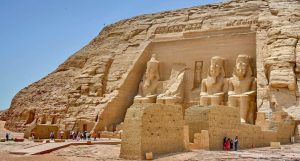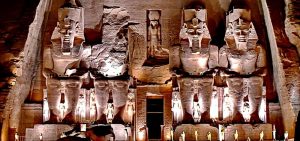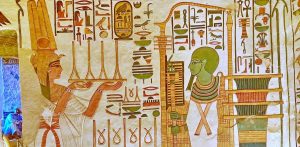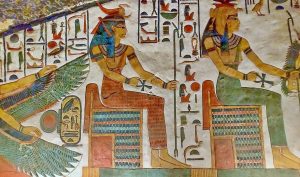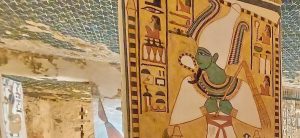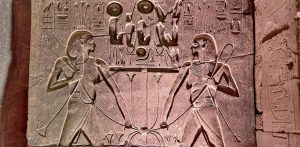Learn about the most interesting ancient Egyptian facts. Egypt was home to the world’s first government system. The Egyptian culture, on the other hand, predates the country’s founding. This culture has grown and solidified over the course of about 12,000 years, yielding a variety of fascinating facts, rituals, and traditions. In this post, we’ll go over 15 of the most fascinating facts about ancient Egypt that you probably didn’t know.
15 interesting ancient Egyptian facts
1. Mummification came first, before belief in the afterlife.
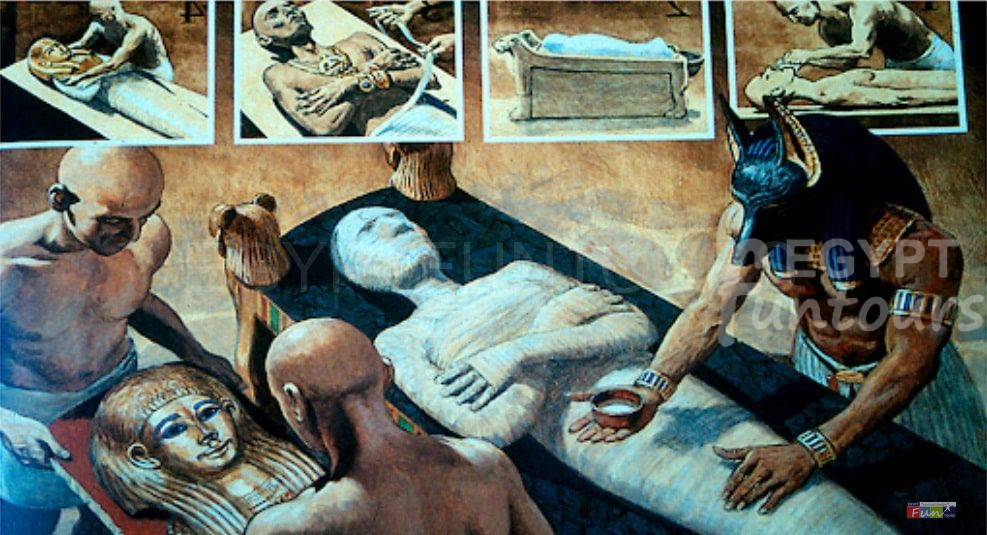
Even before the belief in the afterlife, mummification was a common practice in ancient Egypt! Indeed, the ancient Egyptians believed in the afterlife because of mummification. Mummification was taught to them by Anubis (the Jackal), and they eventually realized the rationale was that there must be another life.
2. The Ancient Egyptians didn’t have actual beards.
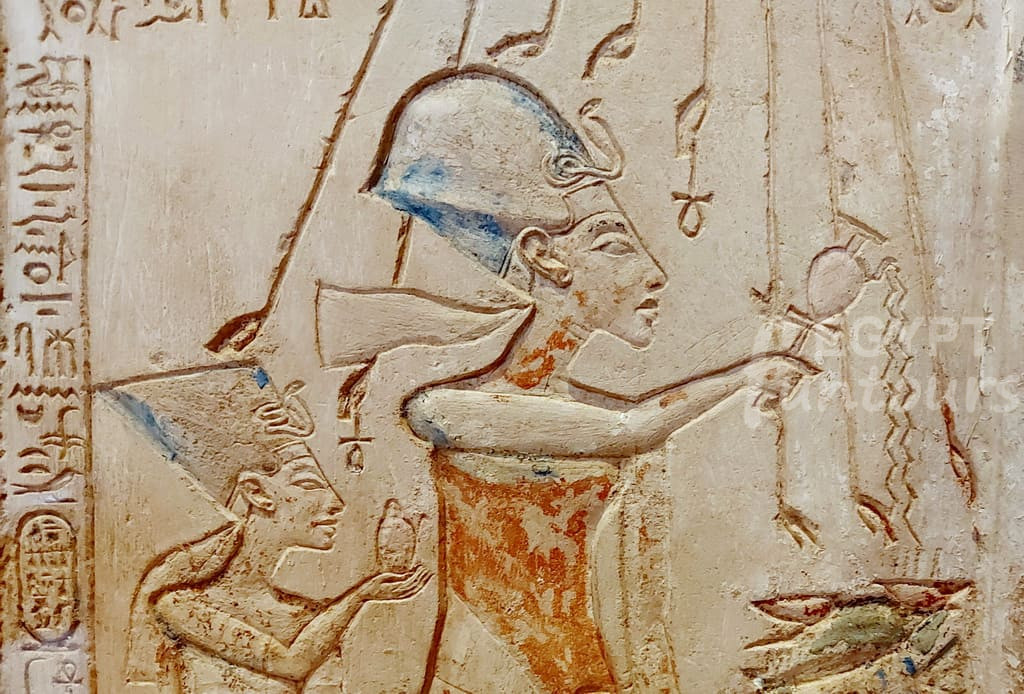
The pharaohs were often shown with lengthy braided beards, yet they were almost certainly always clean-shaven. The false beards were worn to emulate Osiris, the Egyptian pharaoh, who is pictured with a magnificent beard. A different form of a beard (curly beard) is worn by monarchs to symbolize the God Osiris.
Face hair was so fashionable that Hatshepsut, Egypt’s first female pharaoh, wore a false beard. Rulers in ancient Egypt were given false beards to make them seem wise and elderly, especially when some kings were extremely young, such as Tutankhamen, who ruled Egypt at the age of nine.
3. Makeup was used by Egyptians of both sexes.
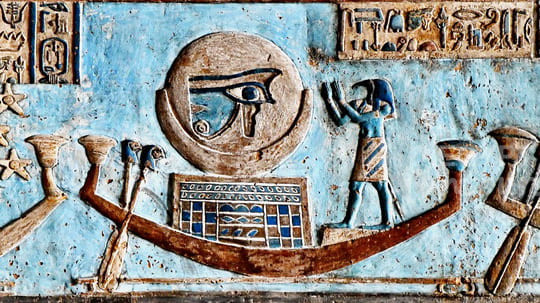
Vanity dates back to the dawn of civilization, and the Egyptians were no exception. Both men and women were known to put on a lot of cosmetics, believing that it would protect them from the gods Horus and Ra.
These cosmetics were created by crushing ores like malachite and galena into kohl. It was then lavishly smeared around the eyes using wooden, bone, and ivory implements.
Women would also use red paint to tint their cheeks and henna to dye their hands and fingernails, while both sexes donned oil, myrrh, and cinnamon-based fragrances. The Egyptians thought their cosmetics had mystical healing properties, and they weren’t totally wrong: studies have proven that lead-based cosmetics used near the Nile helped prevent eye infections.
It not only protected their skin from the sun’s rays, but they also thought it had therapeutic properties. They wore green and black make-up most of the time. Copper was used for the green, while lead was used for the black!
4. Many of the items we use now were invented by the Egyptians.
The Egyptians had a knack for creating! Medicine, musical instruments, paper, pencils, locks, keys, cosmetics, alcoholic beverages, board games, and even toothpaste were all developed by them.
5. Hundreds of ancient Egyptian gods and goddesses existed.
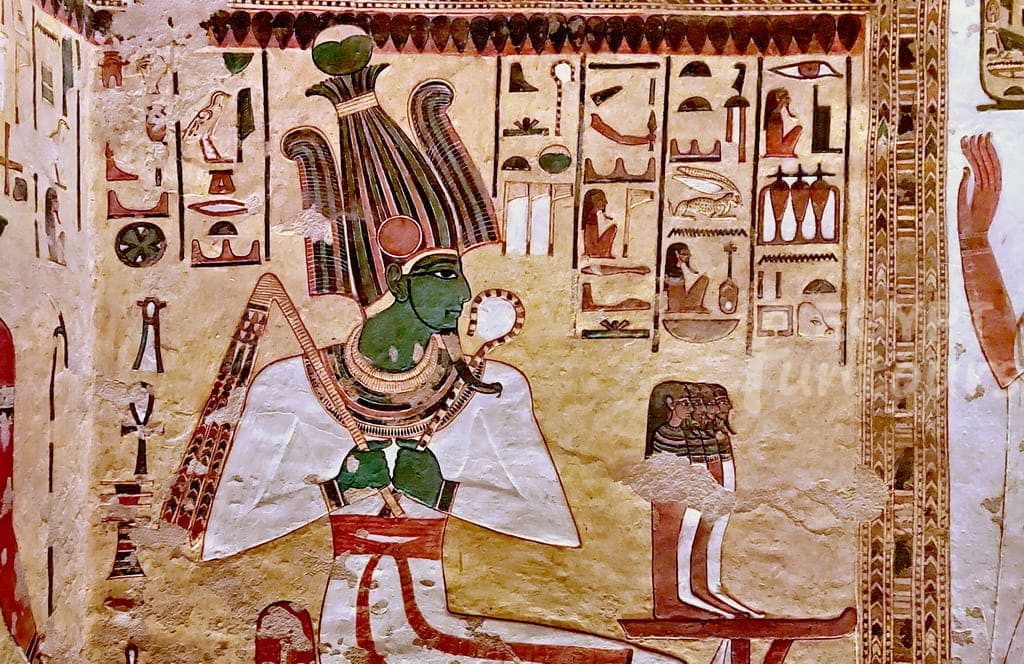
Even the Nile River was revered in ancient Egypt. They gave considerable attention to every valuable thing/creature, elevating them to the status of deities. Many of these gods and goddesses were depicted as humanoid figures with animal heads. Among the most well-known were:
- Osiris is the King of the Kings of the Afterlife.
- Thoth is the God of Wisdom and Knowledge.
- Ra is the Sun and Radiance God.
- Anubis is the patron saint of embalmers and gravediggers.
- Isis is the goddess of beauty and love.
6. Board games were originated by the Egyptians.
Egyptians would frequently unwind after a hard day of labor along the Nile River by playing board games. Several games were played, including “Mehen” and “Dogs and Jackals,” but “Senet,” a chance game, was arguably the most popular. This ancient game was played on a large board with 30 squares and dates back to 3500 B.C.
Each player had their own set of pieces that were moved about the board based on dice rolls or throwing sticks. Historians are still debating Senet’s precise rules, but the game’s popularity is undeniable. Queen Nefertari is seen playing Senet in paintings, and pharaohs like Tutankhamen had game boards buried with them in their tombs.
7. Slaves did not construct the pyramids.
The life of a pyramid builder was undoubtedly difficult—worker corpses often exhibit indications of arthritis and other ailments—but evidence shows that the gigantic pyramids were constructed by paid laborers rather than slaves. These ancient construction workers were a mix of trained craftsmen and hired laborers, and some of them seemed to take great delight in their work.
Graffiti surrounding the monuments indicates that they gave their workers amusing titles like the “Drunkards of Menkaure” or the “Friends of Khufu.” The claim that slaves constructed the pyramids at the snap of a whip was initially proposed by Herodotus in the fifth century B.C., but most historians today consider it fiction.
While the ancient Egyptians were not opposed to maintaining slaves, it seems that they mostly used them as field laborers and household servants.
8. Egyptian women had a broad variety of freedoms and privileges.
Egyptian women had a considerable measure of legal and financial freedom while being socially and publicly seen as inferior to males. They had the legal authority to purchase and sell land, serve on juries, create wills, and even engage in legal contracts.
Egyptian women seldom worked outside the house, but those who did were frequently paid equally to males for performing the same duties. Egyptian women, unlike the women of ancient Greece, who were practically owned by their husbands, enjoyed the right to divorce and remarry.
An ancient prenuptial agreement was even negotiated by Egyptian spouses. These contracts stated all of the property and money brought into the marriage by the lady and ensured that she would be rewarded for it in the event of a divorce.
9. Typically in Ancient Egypt, brothers and sisters marry.
Egyptian pharaohs, like many other royals throughout history, were not opposed to marrying within the family to protect royal lineages. It was fairly uncommon for sisters and daughters to marry.
Tutankhamen’s mummified remains have indicated that he was the result of incest, which would have surely resulted in health problems and unpleasant traits such as an overbite, feminine hips, abnormally enormous breasts, and a club foot. Tutankhamun died when he was 19 years old. Ramses II weds four of his own daughters.
10. All of the ancient Egyptian tombs are found on the Nile’s western bank.
Because they believed in the sun god, the side of the Nile River where the sun rises symbolized their first life, while the side of the Nile River where the sun sets represented the afterlife, which explains why all of the tombs are on the western bank.
11. Pyramids in Egypt are tombs.
The pyramids are one of the first things that come to mind when thinking about Egypt. They were erected as the last resting place for the Egyptian monarchy by the Ancient Egyptians. Pyramids represent the descent of light from the sun to Earth in the same manner that a pyramid falls from its pinnacle to the bottom.
All of the pyramids of the Ancient Egyptians were erected along the west bank of the Nile, in reference to the setting sun. In Egyptian mythology, this represents the afterlife.
12. Egypt’s pyramids aren’t the world’s largest.
Egypt’s pyramids may be the most well-known, but they are far from the world’s largest. The Pyramid of the Feathered Serpent in Mexico, which covers an area of nearly 200 km2, is the largest. The Great Pyramid of Giza, on the other hand, is just around 21 km2 in size. The Great Pyramid, however, is 137 meters higher than the Pyramid of the Feathered Serpent, which stands at 66 meters.
13. Beer is a product of Ancient Egypt.
Beer was the most popular and widely consumed alcoholic beverage among the Ancient Egyptians. In fact, in Ancient Egypt, the minimum salary for employees was one gallon of beer every day. Figures of brewers, as well as beer recipes, were found in the tombs of the wealthy and powerful, providing for their comfort in the afterlife.
14. Toothpaste was created by the Ancient Egyptians.
Powdered oxen hooves, charred eggshells, and volcanic ash were used to make toothpaste by the Ancient Egyptians. Toothpicks and toothbrushes have also been discovered in Ancient Egyptian tombs, demonstrating that they took oral care very seriously.
15. Cleopatra wasn’t very beautiful at all.
Cleopatra is shown in wall carvings and on coins as having average features and a big nose in historical records and pictures. Because of her brilliance and appealing nature, she was able to get the backing of strong individuals like Julius Caesar and Mark Anthony because of her brilliance and appealing nature.
Augustus’ hesitation to see her in person was due to his worry that she would divert and mislead him if they met.
Useful links:
- civilization of ancient Egypt
- Best Tourist Attractions
- Explore Egypt Destinations
- egypt unesco tours
- deluxe tours

